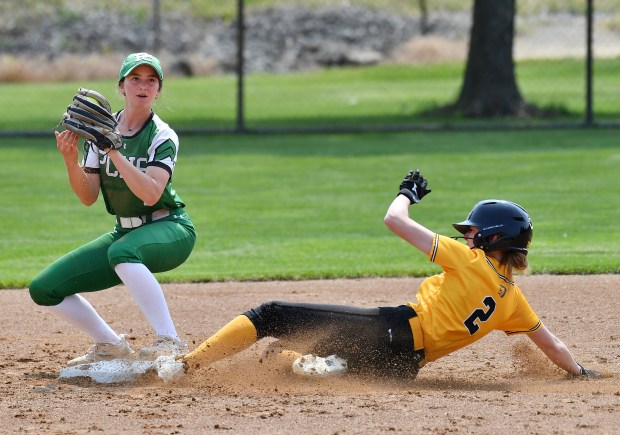Construction of new gardens is underway at the History Center of Lake Forest-Lake Bluff campus.
The goal of the project is not just beautification, but also to tell a story.
History Center officials are planning for five new gardens, along with a half-mile of ADA-compliant walking paths illuminating the evolution of landscape design in the area, from the start of the 20th century to the present day at its Lake Forest building at 509 E. Deerpath.
“Using plants as our medium, the various garden aesthetic featured will reference styles popular over the past century,” Craig Bergmann, the project designer, said in an e-mail. “Objects from historic gardens will be featured as ornaments in these spaces.”
Other highlights of the plan include a walkway of trees connecting the museum to the research center, with new entrances at the front and back of the museum
History Center Executive Director Carol Summerfield spoke of the educational component of why the organization embarked on this initiative.
“As far as we can tell, there is not a single garden that tells the evolution story of landscape design,” she said. “We want to talk about how does style evolve over time and why.”
Summerfield added there is a good story to tell about the area highlighting the roots – both literally and figuratively – and its larger contribution.
“Landscape design evolution as it comes out of Lake Forest and Lake Bluff is a leading voice transformation of garden design in the Midwest, and probably in America,” she said. “What drove that is the concept of preservation and conservation that worked hand-in-hand with garden and landscape design from the turn of the 20th century, which is really early.”
Specifically, the envisioned project will feature five themes associated with the area. The subjects will be Historic Estate Traditional Garden, Courtyard Country Garden, Modern Garden, Midcentury Garden and a Secret Garden, that will be a showcase of the mid-century middle-class garden.
“Gardening was not specifically a purview of the wealthy,” Summerfield said.
Every garden will have a different look, as each era used different types of plants along with two to three educational panels that give information about the design style, the architects, the estates and the workers who constructed them, she said.
The History Center also plans to plant native species as much as possible, with the goal for the gardens to remain intact for a long time.
“We will manage that so they actually have a healthy environment to grow in, and they have enough space to survive for a couple hundred years,” Summerfield said.
Another intended feature of the gardens is a prairie bioswale and a rain garden aimed to re-create the natural environment that preceded the western settlement along the fence line on the western edge of the property.
“It is an amazingly effective way to control water flow particularly in a strip where we had very little plant life growing because of the volume of water that goes through there,” Summerfield said.
Passersby of the Deerpath building just east of downtown Lake Forest are noticing work has started on three of the gardens, which have a projected cost of about $2 million to be funded through donations. Summerfield said the History Center recently obtained funding for the fourth garden.
She is pointing to 2026 when people will see the start of a new era for the History Center campus.
“The garden will reach its full peak of beauty within 10 years,” Summerfield said. “But it should be lovely within two years.”





